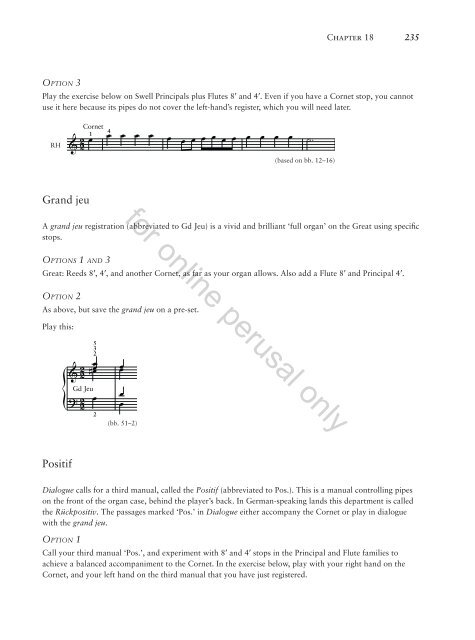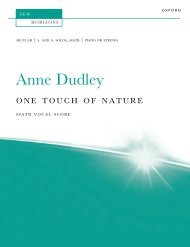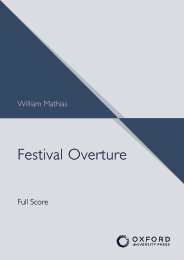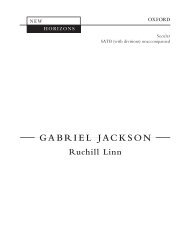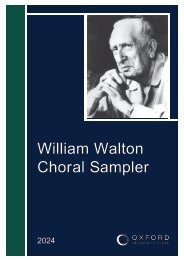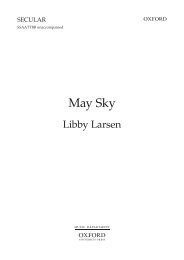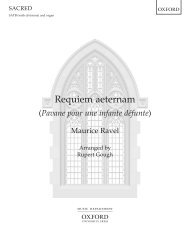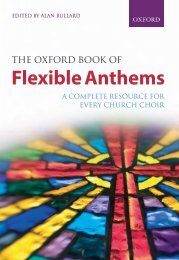New Oxford Organ Method
A single piece of repertoire is the primary focus for each chapter, with preparatory exercises providing the necessary technical work building towards the piece. Each lesson covers four main topics, which are systematically developed: practice methods, registration, fingering and pedalling, and historically-informed interpretation. The method is for keyboard players of any age who are establishing first steps at the organ with or without a teacher. It will also serve more experienced organists who want to improve their technique.
A single piece of repertoire is the primary focus for each chapter, with preparatory exercises providing the necessary technical work building towards the piece. Each lesson covers four main topics, which are systematically developed: practice methods, registration, fingering and pedalling, and historically-informed interpretation. The method is for keyboard players of any age who are establishing first steps at the organ with or without a teacher. It will also serve more experienced organists who want to improve their technique.
- No tags were found...
You also want an ePaper? Increase the reach of your titles
YUMPU automatically turns print PDFs into web optimized ePapers that Google loves.
Chapter 18<br />
235<br />
Option 3<br />
Play the exercise below on Swell Principals plus Flutes 8ʹ and 4ʹ. Even if you have a Cornet stop, you cannot<br />
use it here because its pipes do not cover the left-hand’s register, which you will need later.<br />
RH<br />
Cornet<br />
1<br />
4<br />
œ œ œ œ œ œ<br />
& 2<br />
œ œ œ œ œ œ œ œ œ œ ˙<br />
(based on bb. 12–16)<br />
Grand jeu<br />
for online perusal only<br />
A grand jeu registration (abbreviated to Gd Jeu) is a vivid and brilliant ‘full organ’ on the Great using specific<br />
stops.<br />
Options 1 and 3<br />
Great: Reeds 8ʹ, 4ʹ, and another Cornet, as far as your organ allows. Also add a Flute 8ʹ and Principal 4ʹ.<br />
Option 2<br />
As above, but save the grand jeu on a pre-set.<br />
Play this:<br />
5<br />
3<br />
2<br />
2 &<br />
# œ<br />
{ œ<br />
2<br />
? Gd Jeu 2<br />
œ<br />
œ<br />
œ<br />
(bb. 51–2)<br />
Positif<br />
Dialogue calls for a third manual, called the Positif (abbreviated to Pos.). This is a manual controlling pipes<br />
on the front of the organ case, behind the player’s back. In German-speaking lands this department is called<br />
the Rückpositiv. The passages marked ‘Pos.’ in Dialogue either accompany the Cornet or play in dialogue<br />
with the grand jeu.<br />
Option 1<br />
Call your third manual ‘Pos.’, and experiment with 8ʹ and 4ʹ stops in the Principal and Flute families to<br />
achieve a balanced accompaniment to the Cornet. In the exercise below, play with your right hand on the<br />
Cornet, and your left hand on the third manual that you have just registered.


